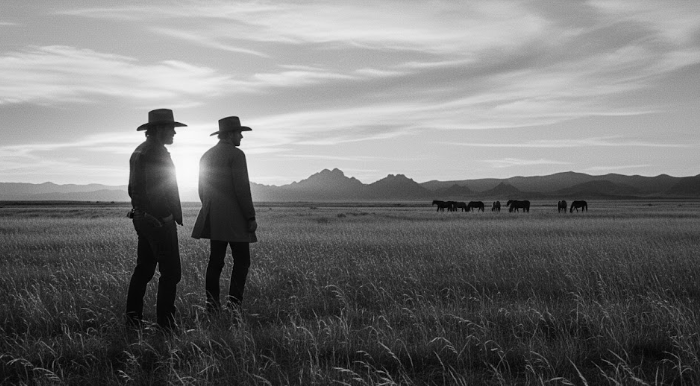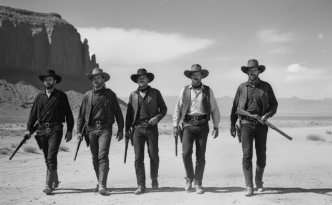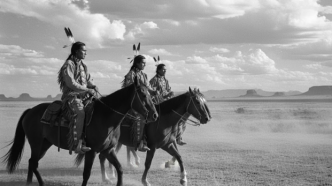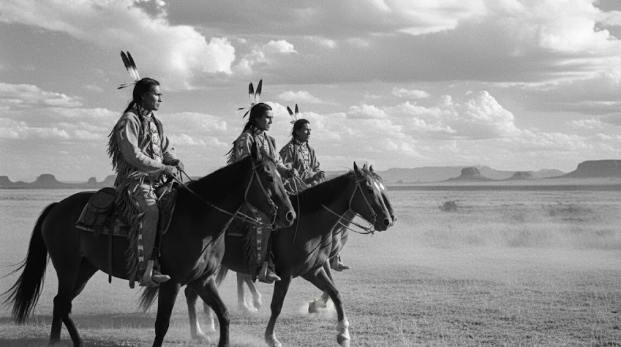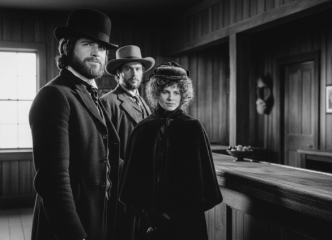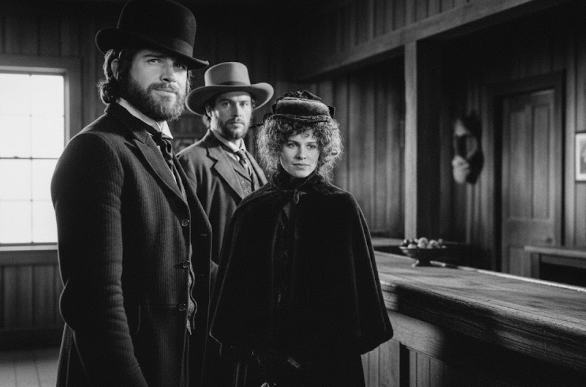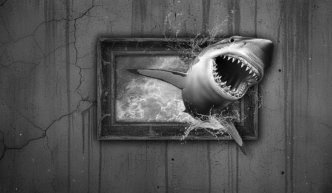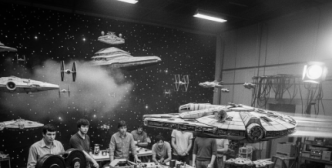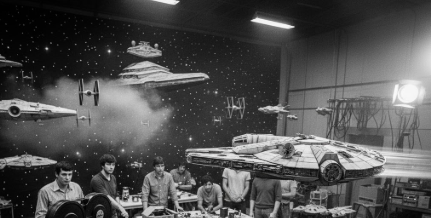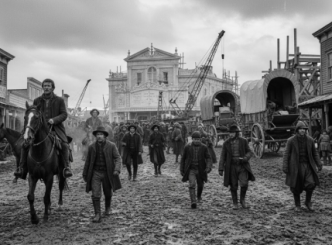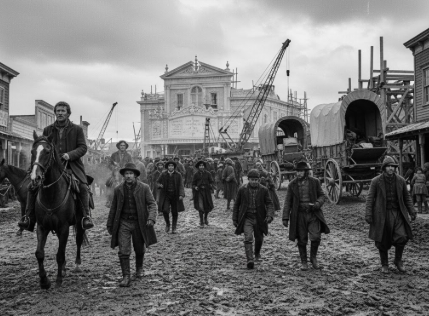For decades, the American Western was the bedrock of Hollywood’s national mythology. It was a genre of moral certainty, a cinematic landscape of sun-drenched plains where heroic cowboys in white hats defended the inevitable march of civilization against the wilderness and its “savage” inhabitants. But as the social and political turmoil of the 1960s and ’70s shook the nation’s confidence, the simple, black-and-white universe of the classic Western began to feel like a relic of a bygone era. In its place, the filmmakers of the New Hollywood era forged a new kind of Western—the Revisionist Western.
This subgenre, which flourished from the late 1960s, was a direct response to the cultural upheavals of the time, including the Vietnam War and the Civil Rights Movement. It was a grittier, more pessimistic, and psychologically complex take on the frontier that deliberately subverted and deconstructed the romantic myths of the past, forever changing the genre.
The End of the White Hat Hero: Moral Ambiguity on the Frontier
The most fundamental shift in the New Hollywood Western was the demolition of the clear boundary between good and evil. The archetypal hero—the courageous, self-sufficient lawman or rancher—was replaced by morally ambiguous anti-heroes, often outlaws, murderers, or drifters concerned only with their own survival. Influenced by the gritty anti-heroes of the Italian Spaghetti Westerns, these protagonists were flawed, complex, and often indistinguishable from the villains they fought.
Clint Eastwood, who had become a star playing Sergio Leone’s “Man with No Name,” brought this cynical archetype back to America, both as an actor and a director. In films like High Plains Drifter (1973) and The Outlaw Josey Wales (1976), he portrayed protagonists who were far from the noble figures of classic Westerns. In this new landscape, even the sheriffs could be villains, as seen in Gene Hackman’s portrayal of the brutal Little Bill in Eastwood’s later masterpiece, Unforgiven (1992), a film that served as the ultimate elegy for the genre’s revisionist themes. These films reflected a growing disillusionment with authority and the American Dream, questioning the very nature of heroism in a violent and corrupt world.
“Savage Poetry”: The New Face of Violence
The Revisionist Western did not just question the morality of its heroes; it completely redefined the portrayal of violence. The clean, almost sterile shootouts of the classic era were replaced by hyper-realistic, brutal, and often horrifying depictions of bloodshed. This shift was a direct response to the graphic violence being broadcast nightly from the Vietnam War, and it was masterfully executed by directors like Sam Peckinpah.
Peckinpah’s The Wild Bunch (1969) is a landmark of this new aesthetic. Its opening and closing shootouts are ballets of carnage, using a revolutionary editing style that combined multi-angle, quick-cut editing with slow-motion to create a traumatic and visceral experience. Peckinpah’s goal was to “bathe the viewers in blood and gore, terrify them and make a statement on the hunger for violence that hides somewhere deeply ingrained in human nature.” In these films, violence was no longer a glorious means to a just end; it was messy, ugly, and horrifying, a reflection of a society grappling with its own capacity for brutality.
Reversing the Narrative: A New Look at the Frontier
The New Hollywood Western also turned a critical eye on the foundational myth of the frontier itself: the idea that the westward expansion was a noble quest to bring civilization to the wilderness. For the first time in mainstream cinema, Native Americans were portrayed not as savage antagonists, but as complex, dignified people and often as the victims of white aggression.
Arthur Penn’s Little Big Man (1970) was a watershed moment in this reversal. The film tells the story of the West from the perspective of Jack Crabb (Dustin Hoffman), a white man raised by the Cheyenne. It satirizes American history, portraying figures like General Custer as vain, reckless egotists, while presenting the Cheyenne as “human beings” with a rich and thoughtful culture. The film’s unsparing depiction of the U.S. Army’s massacres of Native American villages served as a clear allegory for the atrocities of the Vietnam War.
Similarly, the very idea of “civilization” was deconstructed. In Robert Altman’s melancholic anti-western McCabe & Mrs. Miller (1971), the frontier town is not a bastion of community and justice, but a muddy, half-built settlement ruled by the cold logic of capitalism. The hero is not a gunfighter, but a bumbling gambler, and the forces of “progress” are represented by a ruthless mining company that sends hired killers to enforce its will.
Conclusion: An Enduring, Complicated Legacy
The Revisionist Western of the New Hollywood era was a powerful and necessary reckoning with one of America’s most cherished myths. By stripping away the romance and moral simplicity of the classic Western, these filmmakers created a genre that was more honest, complex, and reflective of the turbulent times in which they were made. They replaced clear-cut heroes with flawed anti-heroes, sanitized violence with brutal reality, and a celebratory narrative of expansion with a critical examination of its human cost. In doing so, they didn’t kill the Western; they gave it a new, enduring relevance that continues to shape the genre to this day.

Dario Loce is the founder and editor of Celebrimous. He is a lifelong film enthusiast and the author of several locally-published books on cinema history and analysis. His passion is deconstructing the “how” and “why” of filmmaking, from the director’s vision to the editor’s cut. When not lost in a classic film, he’s usually walking through the city, replaying scenes in his mind like unfinished stories.

